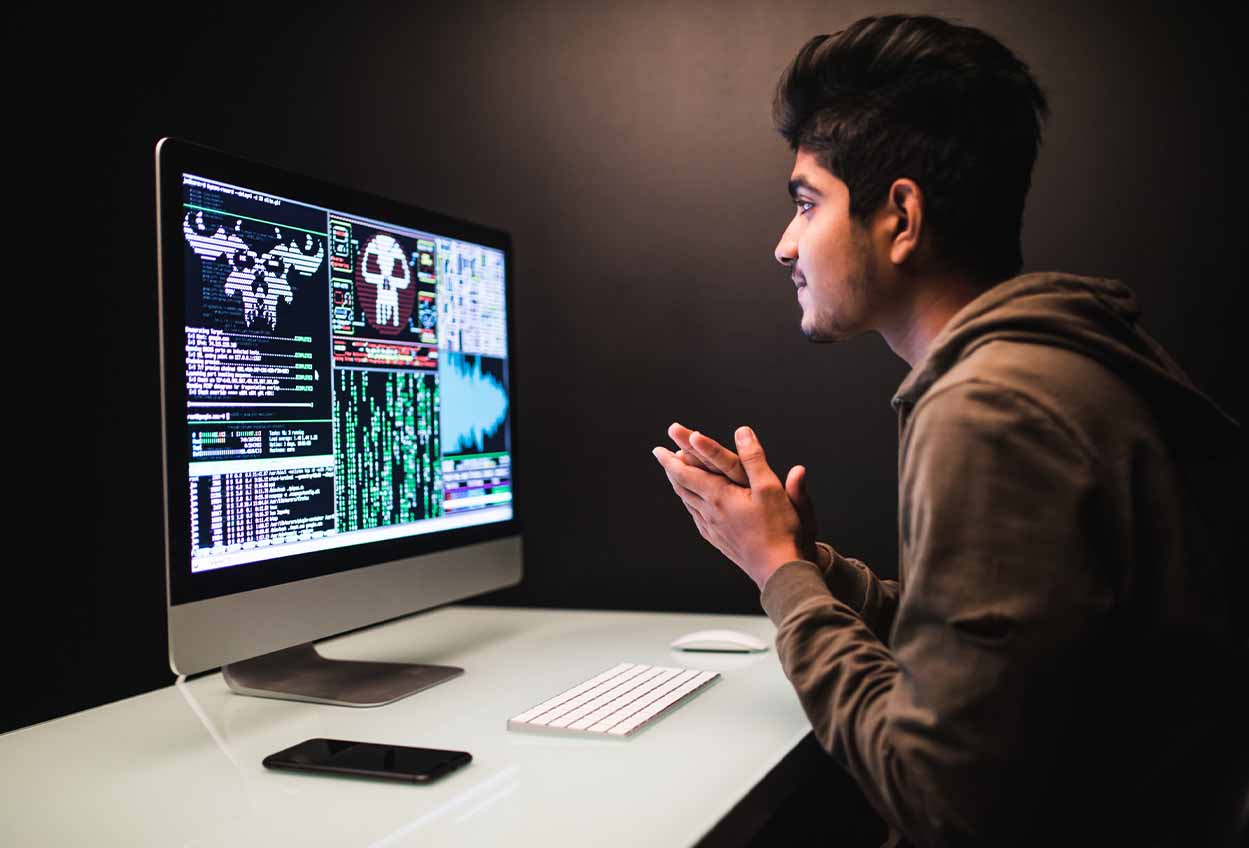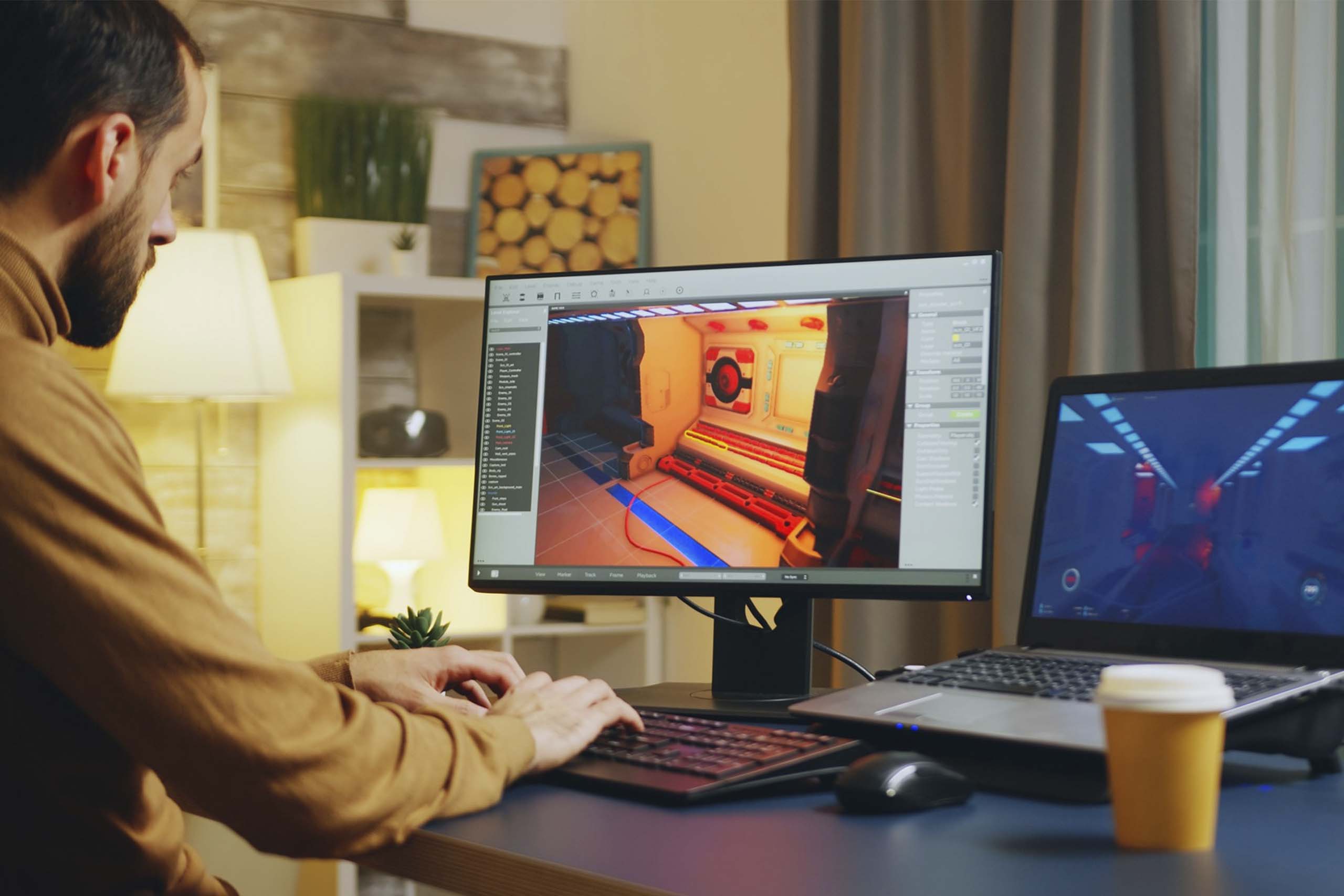
About the Course
Learning Objective:
Upon completing this course, students can expect to emerge as proficient VFX compositors with a strong portfolio of work. They will be well-prepared to pursue exciting career opportunities in the film, television, advertising, and gaming industries. The benefits of this course include hands-on experience with industry-standard software, exposure to real-world projects, and guidance from experienced instructors.
Softwares to be Covered
- Adobe Photoshop
- Nuke
- Mocha
- Silhouette
- 3D Equaliser
Eligibility:
Passed 12th Board Examination.

Certificate Course in VFX Compositing
The VFX Compositing course outlined in the modules provided is designed for individuals who have a strong interest in visual effects (VFX) and compositing, particularly in the context of film and video production. This course is suitable for the following groups of people:
- 1. Aspiring VFX Artists: Individuals who aspire to work as VFX artists in the film and entertainment industry. This course will provide them with the foundational skills and knowledge required to excel in the field.
- 2. Film and Video Editors: Film editors and video editors who want to expand their skill set to include VFX compositing. This course will enable them to create more visually engaging and sophisticated edits.
- 3. Graphic Designers: Graphic designers looking to transition into the field of VFX and compositing. This course will teach them the technical skills necessary for compositing visual effects.
- 4. 3D Artists: 3D artists who want to integrate their 3D work into live-action footage effectively. Modules related to 3D integration and camera tracking will be especially relevant for them.
- 5. Photographers: Photographers interested in expanding their skill set to include postproduction compositing techniques. This can be particularly useful for those who want to enhance their photography by adding or manipulating elements in postprocessing.
- 6. Art and Animation Students: Students pursuing degrees or courses in art, animation, or related fields who want to diversify their skill set and explore the world of visual effects and compositing.
- 7. Professionals in the Film and Entertainment Industry: Professionals in the film and entertainment industry, such as directors, producers, and cinematographers, who want a better understanding of the VFX compositing process to enhance their collaboration with VFX teams.
- 8. Freelancers and Independent Filmmakers: Freelancers and independent filmmakers who want to produce high-quality visual effects for their own projects without relying on larger VFX studios.
- 9. Anyone Interested in VFX: Individuals with a general interest in visual effects and compositing who want to explore this fascinating field and gain hands-on experience.
- 1. Interface of Nuke: After completing this module, students will be able to efficiently navigate the Nuke interface, access tools, and manage node-based compositing workflows with confidence.
- 2. Work with Roto Node: Students will gain proficiency in using the Roto Node, allowing them to create precise and complex rotoscoping masks for various compositing needs, ensuring seamless integration.
- 3. Rotoscopy: Upon completion, students will be skilled in advanced rotoscoping techniques, enabling them to create detailed and accurate masks for seamless integration of elements into live-action footage.
- 4. Skin Retouching: Students will learn the art of skin retouching, allowing them to enhance and retouch actors’ skin in post production to achieve professional-level results with a natural look.
- 5. Wire Removal: After this module, students will have the expertise to remove unwanted wires and objects from footage, ensuring a clean and realistic final composite that meets industry standards.
- 6. 2D Tracking: Students will be proficient in 2D tracking techniques, equipping them to accurately match elements with the motion of the live-action footage, resulting in visually convincing composites.
- 7. Sky Replacement: Upon completion, students will have the skills to replace skies in scenes convincingly, creating dramatic visual transformations that seamlessly blend with the original footage.
- 8. Chroma Compositing: Students will master the art of chroma compositing, allowing them to seamlessly integrate actors into virtual environments or backgrounds, achieving a polished and professional look.
- 9. Nuke 3D Interface: After this module, students will be familiar with the Nuke 3D interface and its tools, enabling them to dive into 3D compositing projects with a solid foundation and confidence.
- 10. 3D Camera Tracking and Match Move: Students will acquire the knowledge and skills required to perform 3D camera tracking and match move tasks accurately, ensuring that 3D elements integrate seamlessly with live-action footage.
- 11. Matte Painting and Camera Projection: Upon completion, students will be able to create stunning matte paintings and use camera projection techniques to place them within scenes, expanding their creative capabilities in compositing.
- 12. Day to Night Conversion: Students will learn to convincingly transform daytime footage into nighttime scenes, adding depth, atmosphere, and cinematic quality to their composites for various storytelling needs.
- 13. Set Extension: After this module, students will be proficient in extending physical sets digitally, expanding the scope of scenes and creating visually engaging environments that enhance storytelling.
- 14. 3D Multi-Pass Compositing: Students will gain expertise in compositing multiple 3D passes, allowing them to create visually stunning and realistic 3D compositions with control over lighting, shading, and depth.
- 15. 3D Integration with Live Footage: Upon completion, students will have the skills to seamlessly integrate 3D elements with live-action footage, achieving a cohesive and realistic final result that enhances the overall visual storytelling impact of their work.
- 16. Final Presentation: Students will compile and present their best compositing work from the course in a professional portfolio, demonstrating their proficiency in VFX compositing techniques and storytelling abilities to potential employers or clients.
It’s important to note that while this course covers a wide range of topics, including both fundamental and advanced techniques, it is structured in a way that allows individuals with varying levels of experience to participate. Beginners can start with the basics and progressively work through the more advanced modules, while experienced individuals can focus on specific areas to enhance their skills further.
Course Fees: Rs 25,000
Duration: 4 Months (4 Classes Per Month)
Class Timing: Weekends
Feel free to contact us for further details
Enquire NowAsk Your Query
Talk to our counsellors, select the best suited course for you and build your career

